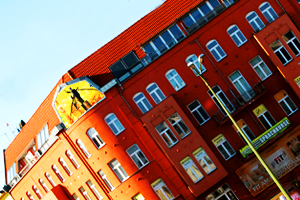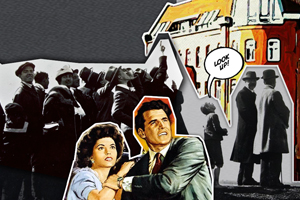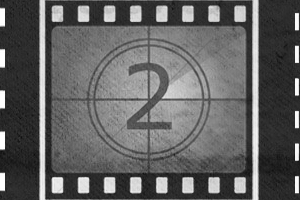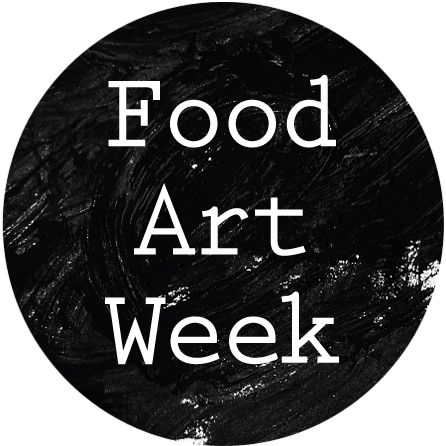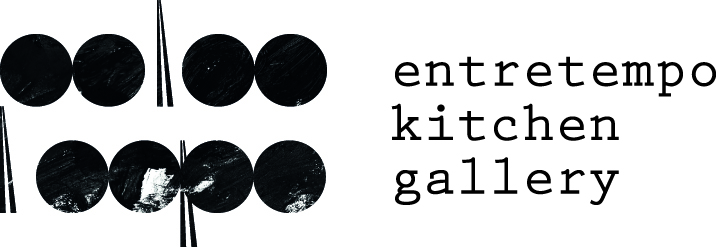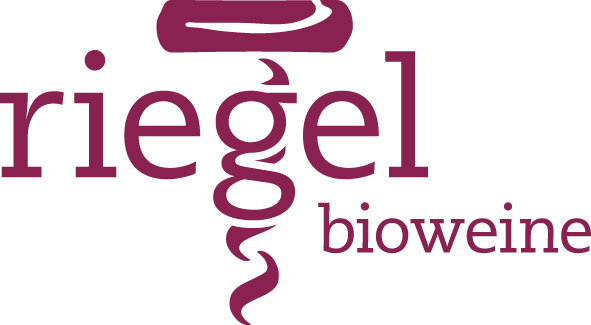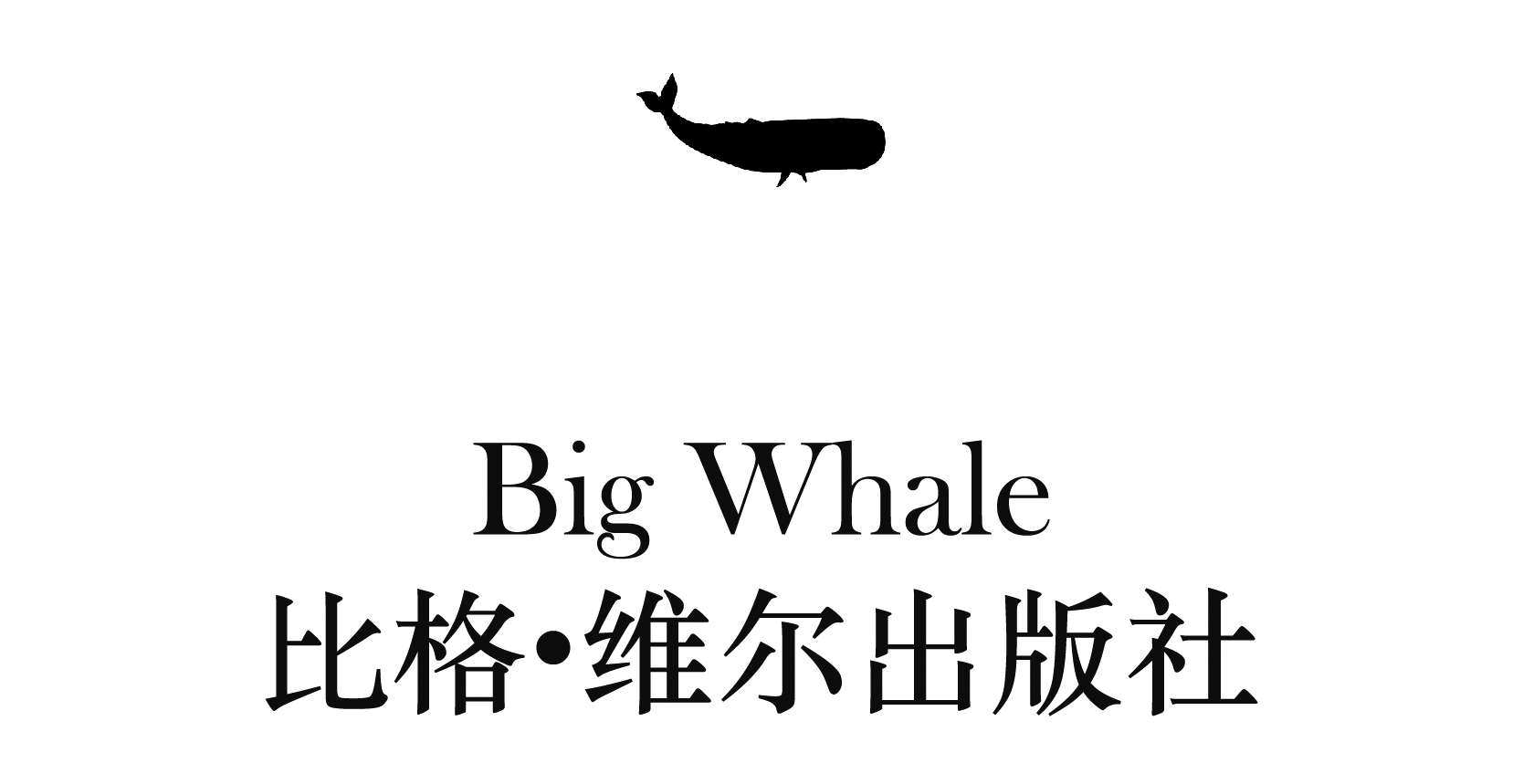WATER(PROOF)
At Federation Square
Shaarbek Amankul // Stefano Cagol // Nezaket Ekici
Janet Laurence // Shahar Marcus // Almagul Menlibayeva
Nina E. Schönefeld // Shingo Yoshida

Curated by Rachel Rits-Volloch & Tainá Guedes
PUBLIC SCREENING:
1 – 30 September 2019
@ Federation Square, Melbourne
Food Art Week, created by artist/chef Tainá Guedes in 2015, is a non-profit project, whose mission is to promote positive change in our environment and society by asking how ‘what we eat and how we eat it’ is irrevocably affecting our environment. With a new thematic focus each year, the topic of Food Art Week 2019 is WATER. Life on our planet started in the water. Like our planet, we ourselves are 70% water. Yet many living beings have no access to clean water. Plastic pollution, nanoparticles, pesticides and antibiotics are damaging our freshwater and oceans. Only 2% of the total water on our planet is clean.
MOMENTUM is Berlin’s platform for Time-Based Art: Video, Performance, New Media, Sound, and in our cooperation with Food Art Week, also Food. To address the crucial issues raised by Food Art Week 2019: WATER, we present a video program by renowned international artists engaged in a broader dialogue on the deterioration of our environment. Shaarbek Amankul’s (Kyrgystan) video New Society, documents the devastating ironies of economic privation in his native Kyrgystan, where poor villagers drain the contents of water bottles into the arid earth, preferring the quick cash from recycling to the water itself. Environmental artist Janet Laurence (Australia) addresses the fragility of our oceans in her video Deep Breathing – Resuscitation for the Reef, created for the UN Climate Conference, COP21, in Paris. This work envisions a hospital for the Reef’s threatened corals and other marine species in this time of ecological crisis, making visible the otherwise invisible devastation beneath the surface of the sea. Stefano Cagol’s (Italy) video performance amidst the ice of the Arctic Circle, Evoke, Provoke [the border], raises issues of mankind’s unrelenting impact upon even the harshest of environments. Almagul Menlibayeva’s (Kazakhstan) film, Transoxiana Dreams, documents the desertification of the Aral Sea, poetically following the plight of fishermen who now have to drive for hours from their village to reach the rapidly shrinking sea. Nezaket Ekici (Turkey) and Shahar Marcus’s (Israel) video performance Salt Dinner is set within another shrinking sea, Israel’s Dead Sea. What looks like an absurd aquatic picnic is in truth a brutal endurance test for both artists; the excess of salt they are consuming with the sea water being as lethally dehydrating as the midday sun.
Nina E. Schönefeld’s (Germany) video Dark Waters takes place in another poison sea. Set in a dystopian future where the oceans are poisoned with plastic and only jellyfish can survive in their waters, this film sadly bears more resemblance to truth than science fiction. Shingo Yoshida’s (Japan) video Réprouvé is striking for its very absence of water; turning a garbage strewn wasteland in Chile into a beautiful sound installation, it is nevertheless a frightening glimpse of what our planet may soon look like if we do not take better care of it, and if we do not curb overproduction of waste. Nezaket Ekici’s Water To Water, the documentation of her performance at Berlin’s Haus Am Waldsee museum, poses a beautifully impractical solution to a future of impending water shortages. Over the course of several laborious hours she manually filters five pitchers of lake water, drunk with varying degrees of reluctance by her audience.
These video works in our program for Food Art Week may be only tangentially about food, and yet each work illustrates in its own way the vast diversity in which water impacts upon the cycle of life on our planet. From the desertification of climate change to the predicted floods of melting glaciers, water is as deadly in its scarcity as it is in excess. And yet, life cannot exist without it. WATER(PROOF) is about such paradoxes. In our utter dependence on water, we nevertheless contrive to poison and squander it. Nothing is waterproof, in the sense of being impervious to water, when water is perceived as integral to most every industry which sustains our lifestyles and quality of life. Yet our lifestyles are poisoning our planet. WATER(PROOF) assembles the positions and experiences of eight international artists, each proving, in their own way, the precarious paradoxes of the cycles of water consumption and production, integrally linked to what we eat and how we eat it.
ARTISTS
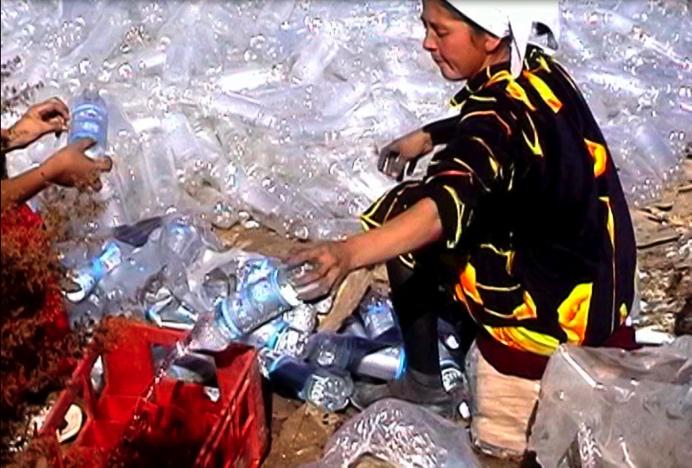
New Society
2017, digital video, 2’40” (long version 7′)
The video New Society shows poor villagers on the outskirts of the Kyrgyz capital, Bishkek, emptying aid packages of bottled water onto the arid ground so they can recycle the plastic for cash. The devastating irony by which the normally environmentally sound practice of recycling results in the wastage of water is a reflection upon the economic privation and shortsightedness wherein a population comes to prefer the quick cash from recycling to the water itself. This twisted take on the water economy is devoted to the search for social identity on the part of thousands of residents of the suburbs of Bishkek, (the so called “circle of self-builders”). This work looks at the population who left their villages after the collapse of the Soviet Union, only to remain marginalized to this day by the city infrastructure through unemployment and poverty.
Shaarbek Amankul – BIO
Shaarbek Amankul (b. 1959 in Bishkek, Kyrgystan, lives and works in Bishkek) is one of the leading artists and curators driving the emergence of Central Asian contemporary art. In his art practice he has shown work throughout Europe, Central, Asia, and the US. Through his curatorial practice, he strives to build a dialogue with other artists and audiences by organizing international artist retreats and exhibitions in Europe and in his native Kyrgyzstan. Since 2011, he has been running the Nomadic Art Camp, an annual international platform for young artists, providing much needed opportunities for artists from the region. Amankul is also the founder and director of the B’Art Art Center in Kyrgyzstan, which he founded in 2006.
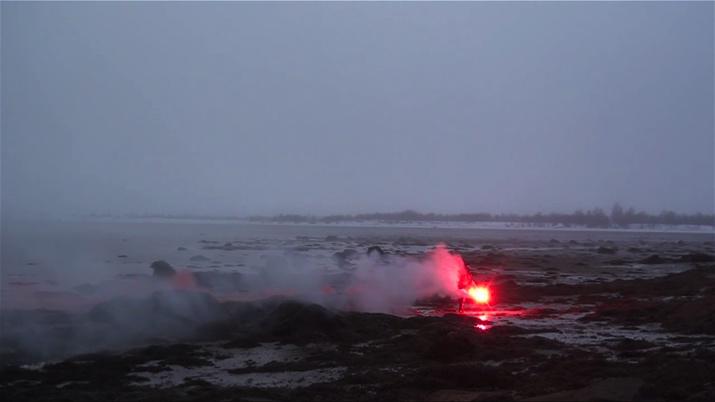
Evoke Provoke [the border]
2011, HD video, 12’30”
The impact which mankind has upon the natural environment is at the root of this work created at Kirkenes, in the Norwegian Arctic Circle, during one of the periods Cagol spent abroad as an artist-in-residence. Cagol staged a series of emblematic actions that he filmed with a video camera, in total solitude, immersed in a fascinating but hostile natural environment, in extreme climactic conditions. The setting seems to be cloaked in twilight, barely dispelling the darkness, and the temperature is 25 degrees below zero. In those frozen lands, Cagol tries to communicate in one way or another, using different forms of signaling. He endeavours to modify the landscape, to light it up, to melt the snow with a flame, but every attempt at interaction with this harsh environment is in vain. The irony here is not lost. While one man cannot make a visible impact upon this frozen landscape, the impact of mankind as a whole is all too devastating. For Cagol in this case the border is precisely the one between himself, his body and his mind, the extreme nature that surrounds him, and the impact which mankind has upon this natural environment. Evoke Provoke (The Border) was shown at the solo exhibition Concilio in the church of San Gallo, as a collateral event at the 54th Venice Biennale, and is held in the MOMENTUM Collection.
Stefano Cagol (b. 1969 in Trento, Italy) received a post-doctoral fellowship at the Ryerson University in Toronto, Canada, after having graduated from the Accademia di Brera in Milan. He participated in Manifesta 11 and Manifesta 7; at the 55th Venice Biennale, invited by the Maldives Pavilion; at the 54th Venice Biennale with a solo collateral event; and at the 1st Singapore Biennale. In 2017 a still from Evoke Provoke [the border] becomes part of the Collection of the German Ministry of Environment (Sammlung Bundesministerium für Umwelt, Deutschland), and he is part of the grand inaugural exhibition curated by Veit Loers at Haus Mödrath – Räume für Kunst in Cologne. In 2014-2015 his solo project “The Body of Energy (of the mind)” was presented at a series of European museums, such as the MAXXI Museum in Rome, Madre Museum in Naples, Maga Museum in Gallarate, Museion in Bolzano, Kunsthalle St. Gallen, ZKM in Karlsruhe, Museum Folkwang in Essen, Landmark / Bergen Kunsthall. Among grants and awards he won the Visit prize of Innogy Foundation in 2014 (Germany) and the Terna Prize for Contemporary Art in 2009 (Italy). He has been selected for many artist in residence programs including: Ruhr Residence 2016; Cambridge Sustainability Residency 2016; Air Bergen; BAR International in Kirkenes; International Studio and Curatorial Program ISCP in New York; ICP-International Center of Photography in New York. Stefano Cagol Lives and works in Trento.

Water To Water
2015, video documentation of live performance
Having participated in FAW2017, we are proud to invite Nezaket Ekici back to Water(Proof) for FAW2019 with documentation of her performance Water To Water (2015), and her video performance together with Israeli performance artist and filmmaker Shahar Marcus, Salt Dinner (2012).
In her performance Water To Water (2015), commissioned for her solo exhibition at Berlin’s Haus am Waldsee, Nezaket Ekici transforms the dirty water of the lake into drinkable water which her assistants offer to the spectators. With a performance practice indebted in equal measure to the visual opulence of the theatrical and the physical excesses of the durational, Ekici here embodies the spectacle of our water cycle. Seemingly floating above the lake in a voluminous red gown which also forms her water delivery system, Ekici laboriously pulls water up from the lake, bucket by bucket, and operates a hand-pumped water filter to channel the clean water through her dress into pitchers held by her assistants below. The performance, lasting several hours, results in five pitchers of water, drunk with varying degrees of reluctance by the audience. Ekici embodies through her own labor and sweat a metaphor for the invisible process delivering clean water to our taps. This most essential of resources is what we most often take for granted. Ekici’s performance subtly asks the questions at the back of all our minds: How clean is our water, really? And how much longer will we have clean water on tap?
Nezaket Ekici – BIO
Nezaket Ekici (b. 1970 in Kırşehir, Turkey) studied art pedagogy, art history, and sculpture at Ludwig Maximilian University and the Fine Arts Academy, Munich, and received her MA degree in art pedagogy (1994–2000). Thereafter, she studied performance art with Marina Abramovic at the Hochschule der Bildenden Künste Braunschweig, where she received her BFA and MFA (2001–04). Nezaket Ekici recently participated in the prestigious International Artist Residency Programs of the German Academy in Rome at the Villa Massimo (2016-2017), and the German Foreign Ministry Residency in Tarabia, Istanbul (2015-2016). Recent group exhibitions include: 56th Venice Biennale (2015); Petach Tikva Museum of Art, Israel (2015); The Pleasure of Love, 56th October Salon, Belgrade (2016); The Contemporary Art Gallery of Georgia, Georgia National Museum, Tbilisi (2016); MOCAK, Museum of Contemporary Art, Krakau (2016); Museum Villa Rot, Burgrieden (2016); Tel Aviv Museum (2016/2017); Gabriele Münter Preis, Akademie der Künste, Berlin & Frauenmuseum, Bonn (2017); Oslo Museum (2017); Tiroler Landesmuseum Innsbruck (2018); Sanatorium Istanbul (2018); The Gallery for Israeli Art at the Tivon Memorial Center (2018); Seoul Museum, Seoul (2018); Großen Kunstschau, Worpswede (2018/19); Museum of Islamic Art and Near East Culture Be‘er Sheva (2019). Nezaket Ekici lives and works in Berlin and Stuttgart.
 |
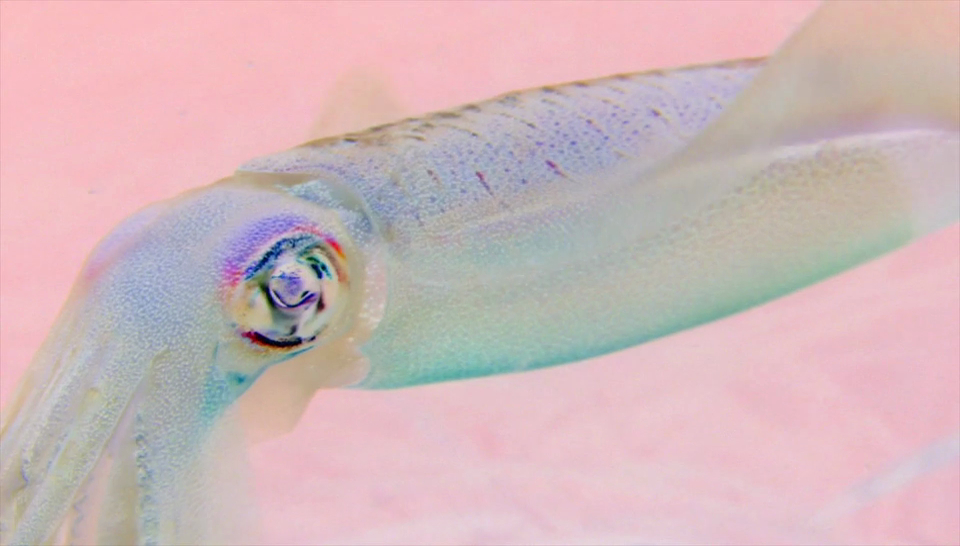
Deep Breathing: Resuscitation for the Reef (2015), HD video 32’58”
Janet Laurence’s video Deep Breathing – Resuscitation for the Reef (2015), and accompanying photo series Corral Collapse Homeopathy (2015) were created for the UN Climate Conference,COP21, in Paris. Shot in Australia’s Great Barrier Reef – a World Heritage site which is the planet’s largest living, and rapidly dying, structure – this series of works envisions a hospital for the Reef’s threatened corals and other marine species, making visible the otherwise invisible devastation beneath the surface of the sea, and offering hope for the healing of the marine world from the consequences of global warming and human impact. If we can care for marine life in the same way that we care for our own species, there is a chance of deflecting environmental catastrophe. Laurence’s work is an emergency response: a hospital for the Reef in this time of ecological crisis, intended to aid survival and effect transformation.
Janet Laurence – BIO
Janet Laurence (b. 1947 in Sydney, Australia) is among Australia’s most established artists. In 2015 she was the Australian representative for the COP21/FIAC, Artists 4 Paris Climate Exhibition for the UN Climate Conference in Paris, for which she created Deep Breathing – Resuscitation for the Reef and Coral Collapse Homeopathy, both shown in this exhibition. Further selected recent international projects and exhibitions include: the 57th Biennale of Venice (2017); Veiling Medical Glass, A Medicinal Maze, Novartis Campus, Sydney (2017); The Treelines Track, Bundanon, Australia (2017); GASP: Parliament, Hobart, Tasmania (2017); Inside the Flower, IGA Berlin (2017); Schloss Biesdorf, Centre for Art and Public Space, Berlin (2017); Fellowship at the Hanse-WissenschaftKolleg (HWK), Germany (2016-2017); H2O Water Bar, Paddington Water Reservoir, Sydney (2016); Deep Breathing (Resuscitation for the Reef), Australian Museum, Sydney (2016); Cuenca Bienal, Cuenca, Ecuador (2016); Deep Breathing: Resuscitation for the Reef, Musée National d’Histoire Naturelle, Paris (2015); The Skullbone Experiment: A Paradigm of Art and Nature, Queen Victoria Museum, Tasmania (2014); Animate/Inanimate, TarraWarra Museum of Art, Healsville, Victoria, Australia (2013); 1⁄2 Scene, Australia China Art Foundation Shanghai (2013); SCANZ: 3rd Nature, New Plymouth, New Zealand (2013); After Eden, Sherman Contemporary Art Foundation, Sydney (2012); The Alchemical Garden of Desire, McClelland Gallery, Victoria, Australia (2012). Janet Laurence is a recipient of Rockefeller, Churchill, and Australia Council Fellowships, and the Alumni Award for Arts, University of New South Wales. She was a Trustee of the Art Gallery of New South Wales, a former Board Member of the Visual Arts Board of the Australia Council, and is a Visiting Fellow at the New South Wales University Art and Design. Janet Laurence lives and works in Sydney.

Nezaket Ekici & Shahar Marcus Salt Dinner
2012, video performance, 3’19”
Turkish/German artist Nezaket Ekici and Israeli artist Shahar Marcus together address geopolitical and environmental forces through the medium of performance in their video Salt Dinner (2012). Shot in the scorching heat of Israel’s Dead Sea, their performance ironically confronts human endurance with the extremes of nature and culture. In this actual and political hotbed, Muslim and Jew share an opulent feast. Whether a wedding or a wake remains unclear, but what looks like an absurd aquatic picnic is in truth a brutal endurance test for both artists. The excess of salt they are consuming with the sea water is as lethally dehydrating as the midday sun. Shot in a rapidly shrinking ocean in a part of the world fought over for millennia, this international summit offers no solutions for political and environmental stability.
Nezaket Ekici and Shahar Marcus both work separately as artists but started to collaborate on projects in 2012. Their ongoing project In Relation revolves around an exploration of time, space, culture, religion, and the often absurd ways in which people interact with the environment. In this, as a German-based Muslim and an Israeli-based Jew, they collaborate on performances and videos that bridge cultures and religions as well as the long distances between Berlin and Tel Aviv. Focusing on the origin of the latin word relatio (relation), meaning ‘bringing back’, they set out to bring back a knowledge that has been forgotten by most of us: a relation with ourselves and our environment. Since 2012 they have produced ten video works together: Salt Dinner, Sand Clock, Floating Ourselves, Clean Coal, Fossils, Fields of Breath and Lublin Beach, TBQ, all concentrating on the Ancient Greek aphorism γνῶθι σεαυτὸν: know thyself.
Shahar Marcus – BIO
Shahar Marcus (b. 1971 in Petach Tikva, Israel) studied Linguistics and History of Art at the University of Tel Aviv. Marcus primarily works in the medium of performance and video art. His initial works dealt with the exploration of his own body and its limitations- incorporating various perishable materials, such as dough, juice and ice. His body served as an instrument, a platform on which various ‘experiments’ took place: lying on the operating table, set on fire, dressed in a ‘bread suit’ and more. Food is also a major theme in Marcus’s works. For instance, his recurrent use of bread as a symbol of essentiality and survival is juxtaposed with military symbols. By working with food, a perishable, momentary substance and by turning it into a piece of clothing or a set, Marcus also flirts with art history; transforming arbitrary objects and materials into something immortal and everlasting. Shahar Marcus is an active artist for over a decade and has exhibited at various art institutions, both in Israel and around the world, including: The Tate Modern; The Israel Museum; Tel Aviv Museum of Art; Petach Tikva Museum of Art; Copenhagen Kunsthalle; Moscow Biennale; Poznan Biennale; Moscow Museum of Modern Art; The Hermitage, Saint Petersburg; and at other art venues in Poland, Italy, Germany, Georgia, Japan, USA, and Turkey. His works are in many important museum collections, such as: The Israel Museum, Tel Aviv Museum of Art, Petach Tikva Museum of Art, as well as intuitions in Poland and Italy. Shahar Marcus lives and works in Tel Aviv.
 |
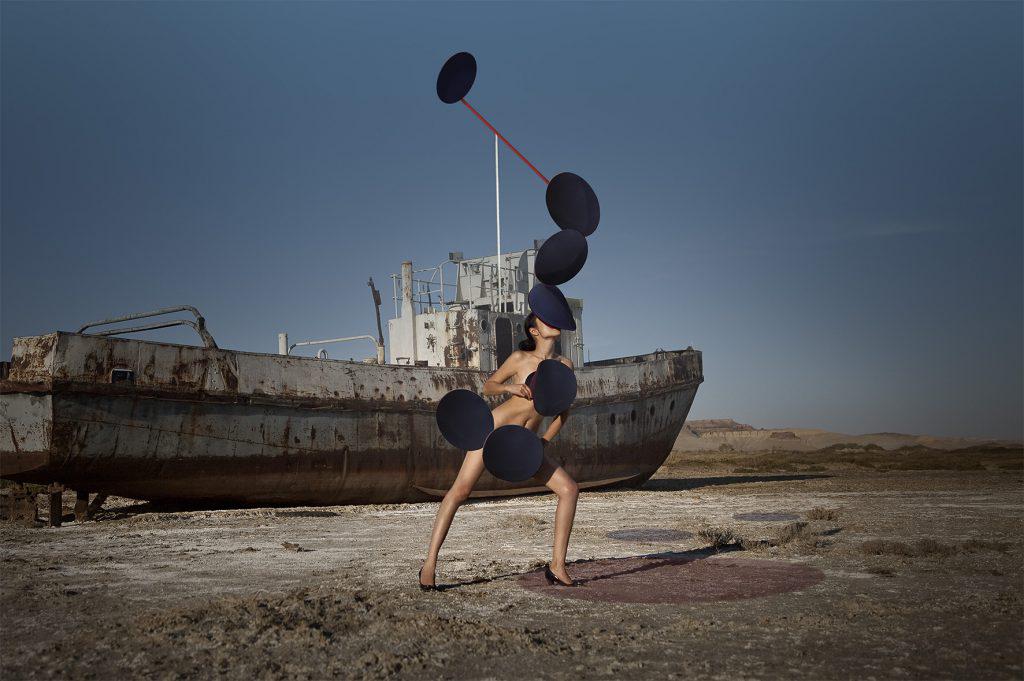
Transoxania Dreams
2011, HD video
Almagul Menlibayeva has been commissioned to create a series of works for the FAW2019 campaign. We are also proud to screen her video Transoxania Dreams (2011). Menlibayeva films mythological narratives placed and staged in the vast landscape of her native Kazakhstan, ravaged by 60 years of Soviet occupation. She leads her audience to the brutally changed region of the Aral Sea where its indigenous people live in the Aralkum, the desert of a once-thriving region now entirely devoid of water due to radical Soviet irrigation politics.
The region of Transoxiana (Greek for ‘across the Oxus’) in southwestern Kazakhstan, Uzbekistan and Tajikistan, once the eastern part of the Hellenistic regime under Alexander the Great and the former homeland of the nomadic tribes of Persia and Turan at the banks of the Oxus River, remained an important trade region along the Northern Silk Road with flourishing civilizations and fertile plains for many centuries. Afflicted by former Soviet policies and abandoned by commercial and cultural interests, today, Transoxiana lies bare and stripped in a surreal state of existence with discarded fishing fleets on dusty terrain, ravaged by metal scavengers while its inhabitants look on as the sea keeps receding into a far and unreachable distance of a seemingly better world. Menlibayeva tells the tale of a young fisherman’s daughter who observes the dramatic changes to the landscape of the Aral region and its population through a child’s eyes in a dreamlike mélange of documentary and fantasy. Menlibayeva visually walks the viewer through a vacant landscape and a symbolic dream whereby the girl’s father searches for the remaining sea and new fishing grounds while encountering strange and seductive four-legged female creatures (Centaurs) on his way through the hostile desert. Drawing on the image of the Greek mythological figure of the Centaur, Menlibayeva creates alluring hybrid beings, both sexually charged and bizarre. According to the legend, when the ancient Greeks first encountered the nomads of the Transoxianian Steppes on their horses, they initially believed them to be mythological quadruped, part person part animal, fearing their savage and magical powers. In Transoxiana Dreams Menlibayeva, a pictorial sorceress herself, breeds an eccentric storyline and fantastical imagery extracted deeply from her own atavistic repertoire; leading us visually through an existing, yet unimaginable, landscape in a distant and hypnagogic world.
Almagul Menlibayeva – BIO
Video artist and photographer Almagul Menlibayeva (b. 1969 in Almaty, Kazakh SSR) holds an MFA from the Art and Theatre University of Almaty. She works primarily in multi-channel video, photography and mixed media installation and her work addresses such critical issues of post-Soviet modernity as social, economic, and political, transformations in Central Asia, de-colonial re-imaginings of gender, environmental degradation, and Eurasian nomadic and indigenous cosmologies and mythologies.
In conjunction with her solo exhibition Transformation at the Grand Palais in Paris (France, 2016-2017), she was awarded the prestigious Chevalier Ordre des Arts et des Lettres by the French Minister of Culture in 2017. She was also the Winner of the Main Prize of the International Film Festival Kino Der Kunst (2013) in Munich, Germany. Menlibayeva has gained international recognition by participating in: the Venice Biennale, Italy (2005, 2007, 2009, 2015); Sydney Biennale, Australia (2006, 2012); the Sharjah Biennial, UAE (2010); the Mediterranean Biennale, Israel (2010); the Moscow Biennale, Russia (2011, 2015); the Kiev Biennial, Ukraine (2013); the Daegu Photo Biennale (2016); and the Gangwon International Biennale, South Korea (2018). Selected solo exhibitions include: Videoart at Midnight #98: Almagul Menlibayeva, Berlin (2018); Transformation, Grand Palais, Paris, France (2016-2017); Union of Fire and Water, 56th Venice Biennial, Italy (2015); Transoxiana Dreams, Videozone, Ludwig Forum, Aachen, Germany (2014); An Ode for the Wastelands and Gulags, Kunstraum Innsbruck, Austria (2013); Daughters of Turan, Casal Solleric, Palma De Mallorca, Spain (2012); LATT: Europe at large #6, Museum van Hedendaagse Kunst (M HKA), Antwerp, Belgium (2010); Kissing Totems, Priska C. Juschka Fine Art, New York, USA (2008). Recent selected group exhibitions include: Haifa Museum, Israel (2018); Neues Museum in Nuremberg, Germany (2018, 2016); Astana State Museum, Kazakhstan (2018, 2016); Museum van Hedendaagse Kunst, M HKA, Antwerp, Belgium (2017-2020, 2010); National Museum of Contemporary Art, Athens (EMST), Greece (2017). Almagul Menlibayeva lives and works in Almaty and Berlin.
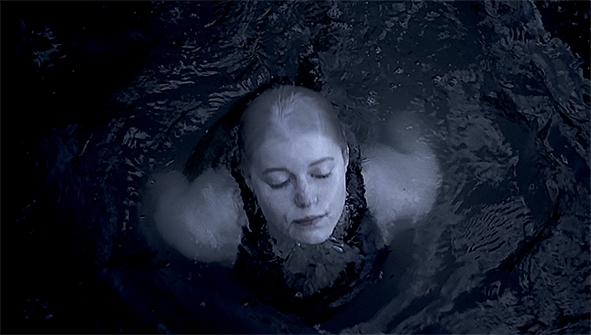
Dark Waters
2018, 4K video, 15’55”
Dark Waters is set in the year 2029. All the oceans are so contaminated with plastic waste that they have become death zones. The only creatures still able to live there are poisonous jellyfish. The government is trying to keep this eco-disaster secret. The film narrates the risky quest for the truth by helicopter pilot Silver Ocean. The movie deals with the social, environmental and political climate of today and our future world. It questions the contemporary roles of female characters and heroes, exploring the relationship between art and the present digital age. The movie story imagines a world where, due to drastic environmental changes, we need to fight for our democratic rights and survival.
Nina E. Schönefeld – BIO
Nina E. Schönefeld (b. 1972 in Berlin) is a multidisciplinary artist based in Berlin. She studied Fine Art in Berlin (UdK) and in London (Royal College of Art). She holds a Master of Arts and a PhD in Art History. Together with Marina Wilde she founded “Last Night In Berlin” a cultural project/blog that documents art openings in Berlin. Schönefeld’s art examines the contemporary social and political climate. Through unusual mediums, objects and videos, the artist questions the contemporary roles of artists, exploring the relationship between art, blockbuster movies and the present digital age. Her stories imagine a dystopian world where, due to drastic political and environmental shift, we need to fight for our democratic rights and survival. Selected recent exhibitions include: ‘Some Demonstrations’, Manifesta/Manifestina, Zurich (2016); solo show at CoGalleries, Berlin (2016); solo show at Fahrbereitschaft, Berlin (2017); Diskurs Gallery, Berlin (2017); Palazzo Ca’ Zanardi, Venice (2018); Goethe Institute, Beijing (2018); BBA Gallery Award Exhibition, Berlin (2018); solo show at Berlinische Galerie, 12 x 12 IBB Video Space (2018); Villa Heike, Berlin (2019); Lage Egal Gallery, Berlin (2019); Mitte Media Festival, Berlin (2019); Made in NY Media Center by IFP, New York (2019); Bamhaus in Luxembourg (2019); Aram Art Museum, Korea (2019).
 |
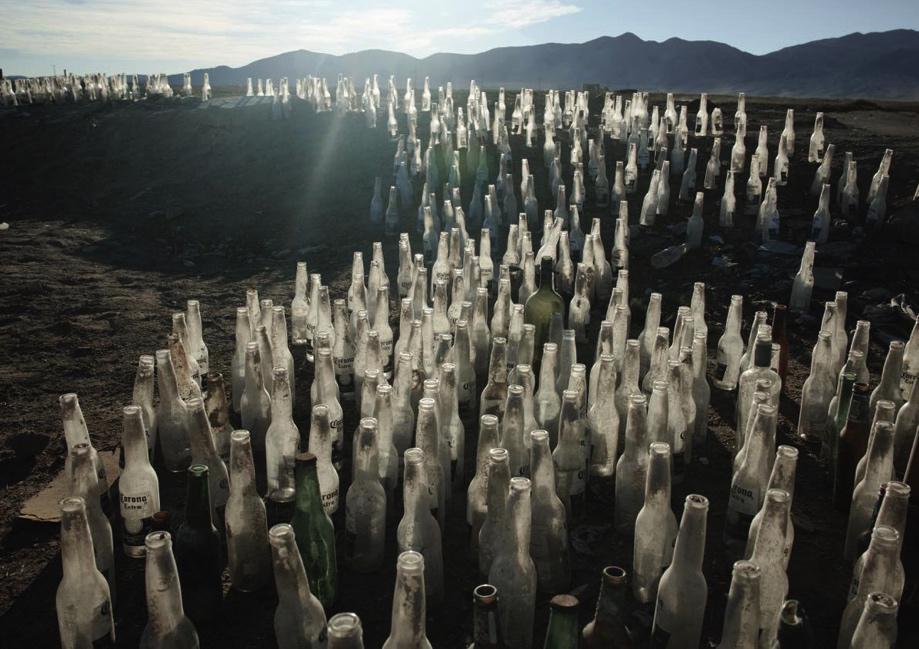
Réprouvé
2018, 4K video, 3’37”
Photographer and video artist Shingo Yoshida finds inspiration in travelling, myths, traditions and the overwhelming beauty of nature. Yoshida considers the world as his studio and therefore a place of constant creation. In his video and photographic works Yoshida expresses his deep reverence for nature and its power, as well as his sense of wonder at encountering new cultures and ways of living. Shot in Calama, Chile, Shingo Yoshida’s film Réprouvé takes us through a garbage-strewn wasteland at the edge of the city, where the artist creates an oasis of beauty, turning discarded bear bottles into a sound installation. In an exhibition about water, Réprouvé is striking for its very absence of water. Creating beauty in the most unlikely of places, it is nevertheless a frightening glimpse of what our planet may soon look like if we do not take better care of our most necessary natural resource – water.
Shingo Yoshida – BIO
Shingo Yoshida, born in 1974 in Tokyo, and currently lives and works in Berlin. Yoshida received his MA with highest honors from Ecole Nationale Supérieure d’Art, Villa Arson in Nice France in 2004. In 2005 he earned a post-graduate diploma at the Ecole Nationale Supérieure des Beaux-Arts de Lyon, France, and subsequently in 2007 he received another post-graduate diploma in the Program La Seine of Ecole Nationale Supérieure des Beaux-Arts de Paris. in 2013 Yoshida completed the prestigious international artist residencies at Villa Arson Nice France – Centre National d’Art Contemporain, and was awarded the Fellowship of Overseas Study Programme for Artists by the Agency for Cultural Affairs of the Japanese Government. Yoshida’s work has been shown in many international exhibitions, including: Palais de Tokyo, Paris (2007, 2012); the Museo de Arte Contemporáneo MAC, Santiago, Chile (2012); the 60th International Short Film Festival Oberhausen, Germany, (2014); Videoart at Midnight #67: Shingo Yoshida, BABYLON, Berlin (2015); POLARIZED! Vision Competition Winner, Lapland, Rovaniemi, Finland (2015); Gunma Museum of Art, Tatebayashi, Gunma, Japan (2016); Mulliqi Prize, National Gallery of Arts, Prishtina, Kosovo (2016); Instituto Zappa (Accademia Di Brera) Viale Marche, Milan, Italy (2016); Onufri International Prize, National Gallery of Arts, Tirana (2016); IkonoTV (2017). In 2016 Shingo Yoshida’s works entered into the following Collections in Berlin: Berlinische Galerie, Akademie der Künste, and Fluentum.
 |
IN PARTNERSHIP WITH
Initiated by Tainá Guedes and
WITH THANKS FOR GENEROUS SUPPORT
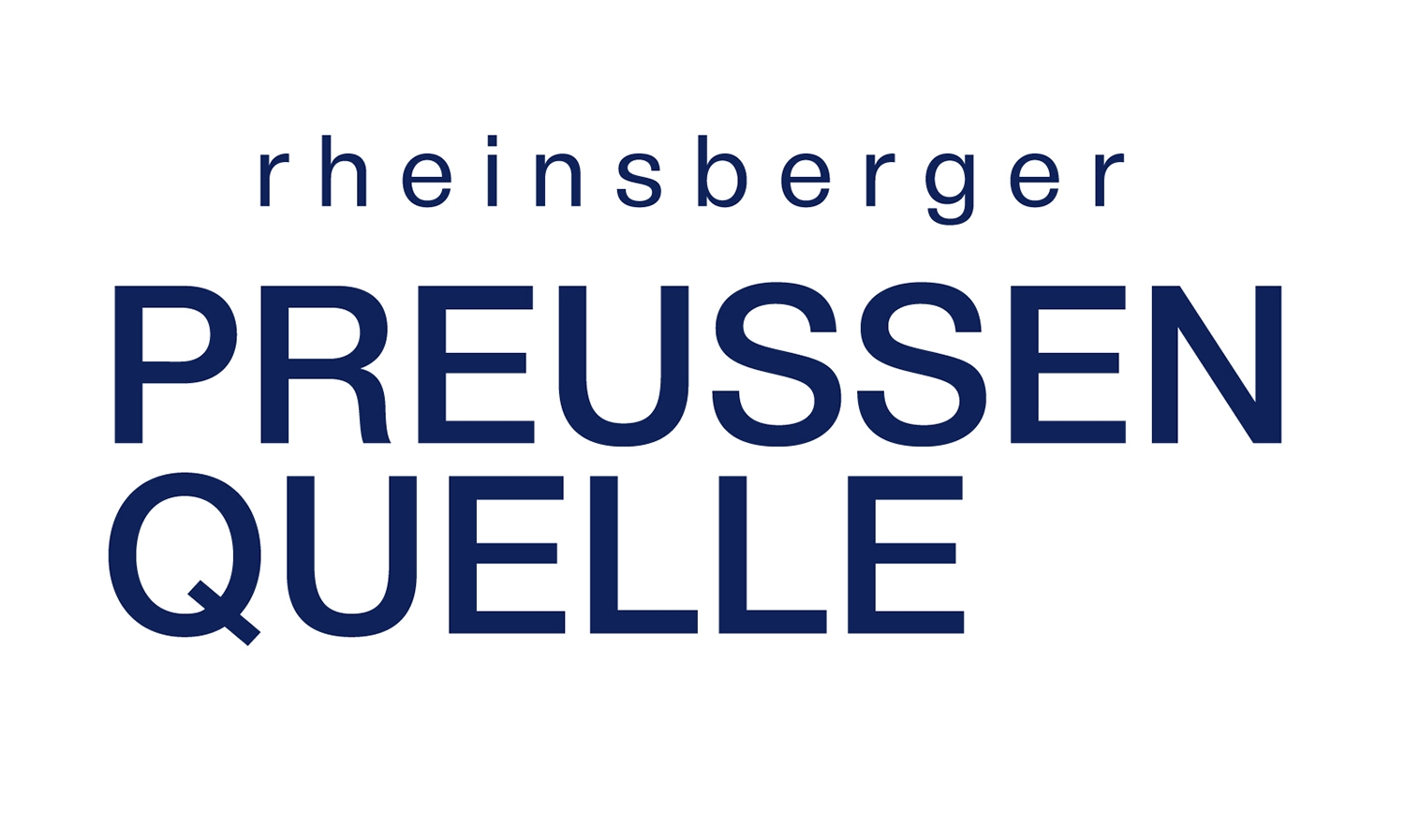 |
WITH THANKS TO OUR MEDIA PARTNERS
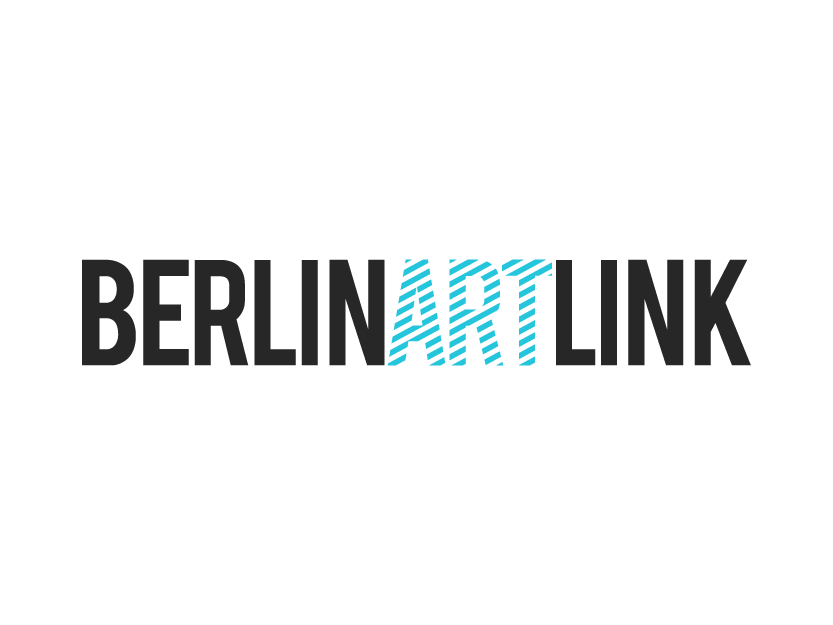 |
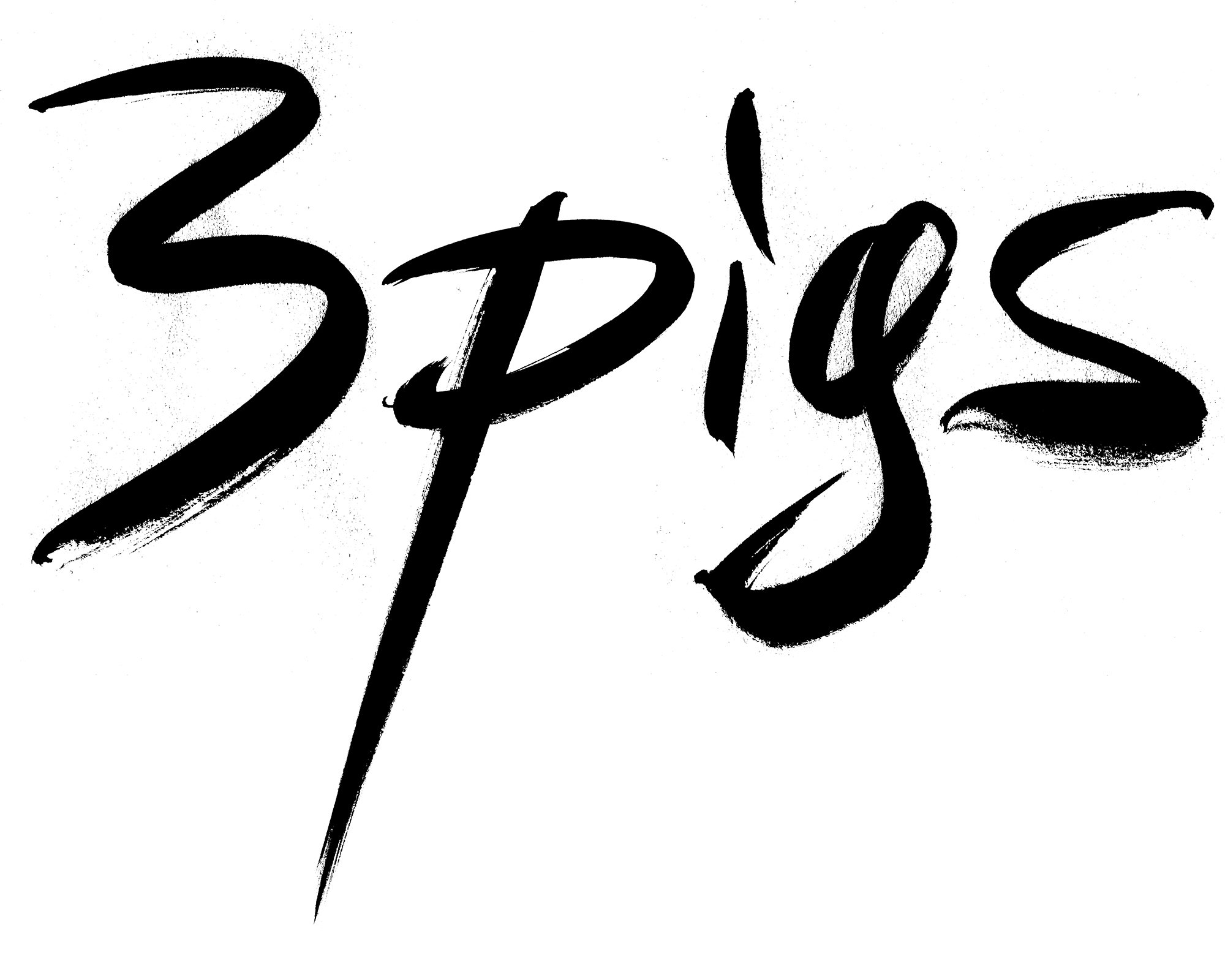 |
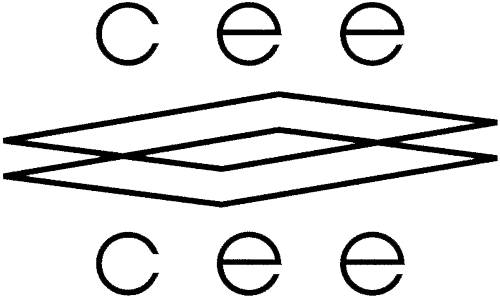 |
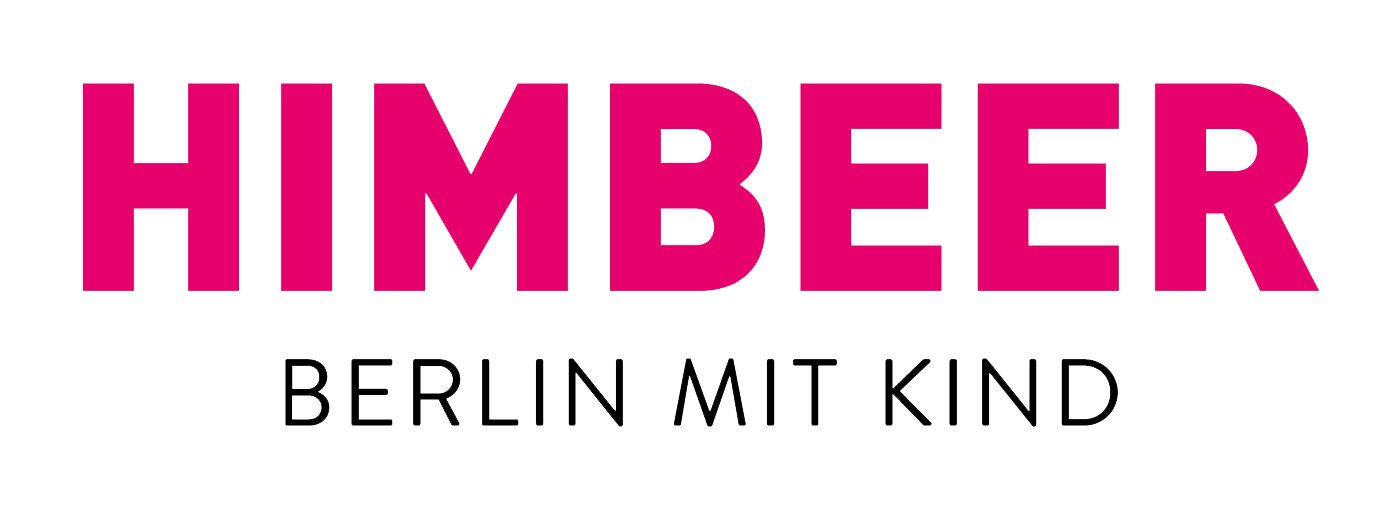 |
 |


 Back to Homepage
Back to Homepage